
Which cable do you choose for your gaming monitor?
What determines the differences per video cable?
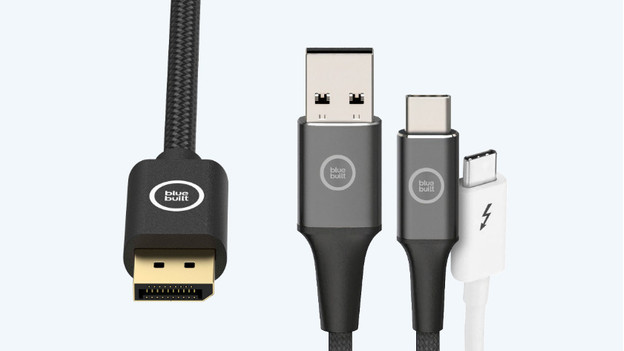
The biggest difference between the cables is the bandwidth, which is higher with DisplayPort. This supports a higher resolution and frame rate. An HDMI 1.4 cable only reaches 30Hz in 4K, and a DisplayPort 1.3 cable reaches 120Hz in 4K. This is because the bandwidth of DisplayPort 1.3 is no less than 3 times higher than that of HDMI 1.4. The higher the bandwidth, the more powerful the signal that the cable transmits. In addition, the connector on your monitor has to support the same version. An HDMI 2.0 cable provides no advantages if your connector only supports HDMI 1.4.
Do you game on a console or PC?
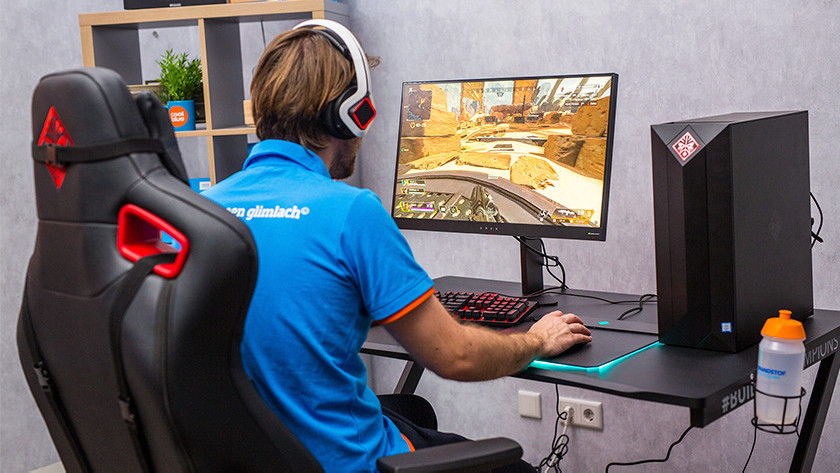
PC gaming: DisplayPort
The higher bandwidth makes a DisplayPort cable the best choice for PC gaming. And DisplayPort provides full support for G-Sync and FreeSync, which prevents screen tearing. With HDMI, you have less support due to the lower bandwidth. This is especially true for G-Sync monitors. Daisy chaining is also possible via DisplayPort. With this method, you can connect 2 or more monitor to each other without using an extra connector on your desktop or laptop. That way, you can game on 1 screen and keep an eye on your lobby chat on the other screen.
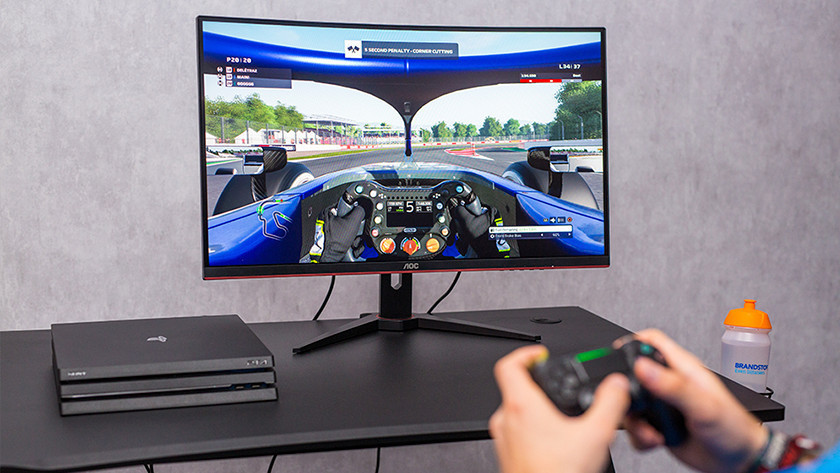
Console gaming: HDMI
Because DisplayPort connectors only exist on laptops and desktops, console gaming leaves you with HDMI. The bandwidth isn't as important for a console, because you select a fixed refresh rate and resolution. The HDMI connector version and cable do determine what the maximum refresh rate and resolution are. For example, an HDMI 2.1 connector and cable allow you to game at 120Hz in 4K on a PlayStation 5 or Xbox Series. An HDMI 2.0 connector only reaches 60Hz in 4K at most.
Which cable do you need for each resolution?
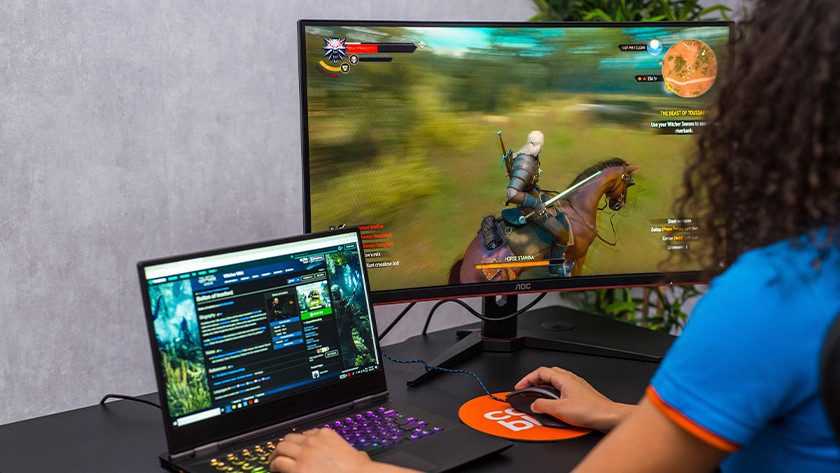
Full HD: all cables
For Full HD gaming, you need a special version of an HDMI or DisplayPort cable. Each version supports Full HD gaming up to 144Hz, which is enough for competitive gaming. Do you want more than 144Hz in Full HD? You need at least HDMI 2.0 for 165Hz or 240Hz gaming. With DisplayPort, you can do this with DisplayPort 1.2 and later versions.
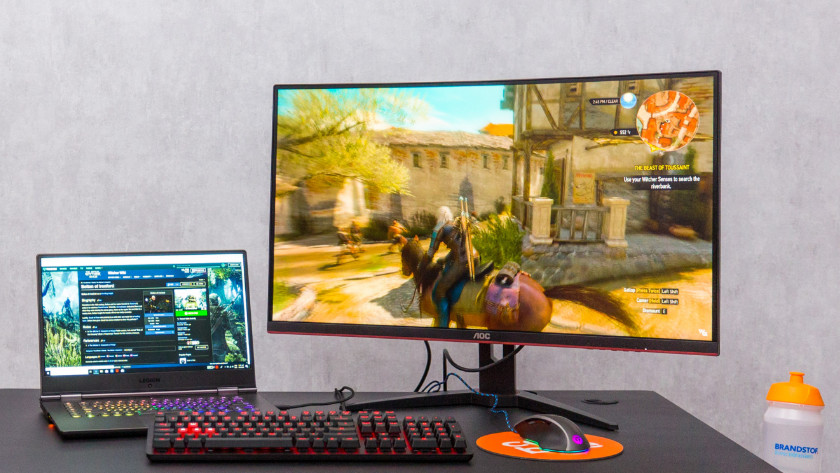
QHD: DisplayPort 1.2, HDMI 2.0, or higher
QHD gaming is the same as 1440 pixels, and it requires some more power. For 1440-pixel PC gaming via HDMI, you need at least HDMI 2.0. HDMI 1.4 reaches up to 75Hz in QHD, which isn't enough for competitive gamers. For QHD gaming, DisplayPort is the best choice. Do you want more than 144Hz in QHD? Choose at least DisplayPort 1.4.
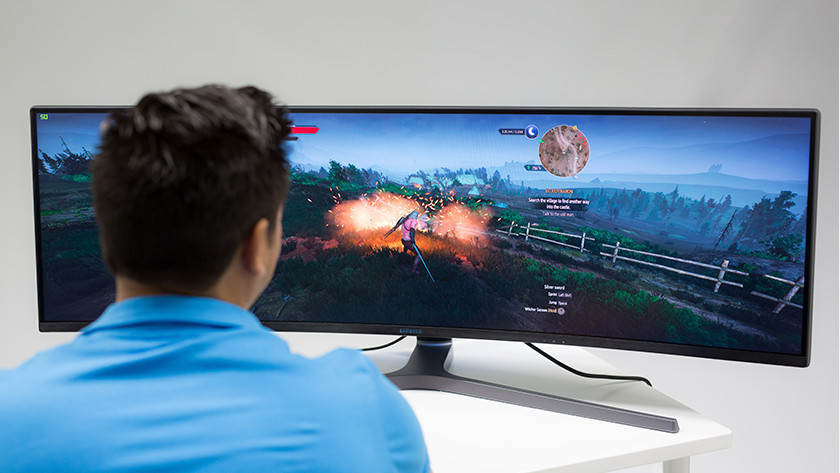
4K: DisplayPort 1.3, HDMI 2.0, or higher
In terms of hardware, you need the best available connectors and cables for 4K. For 60Hz 4K gaming, you need at least HDMI 2.0 or DisplayPort 1.2. That's why you should always choose a higher version if you want it to be future-proof or if you want to game competitively. HDMI 2.1 supports resolutions up to 8K and DisplayPort versions higher than 1.3 support 120Hz or more in 4K, for example.
How important is the video card for your cable?

If you game with a separate video card, it's important to know which resolutions it supports. Just like with the monitor, this is determined by the version of your HDMI and DisplayPort connector. That's why you should always check the specifications of your video card, so you know which version connectors you have. We recommend to buy a video card with the same HDMI or DisplayPort connector version as that of your monitor
Are a USB-C port and USB-C cable suitable for gaming?
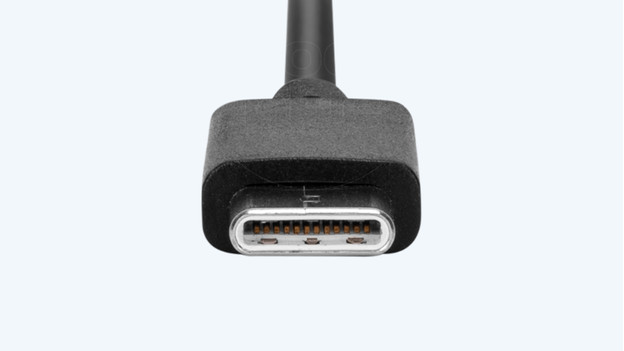
Do you prefer to game via USB-C or Thunderbolt? That's no problem. USB-C and DisplayPort work in a similar way. Almost all USB-C ports and cables have DisplayPort Alternative Mode. This means that they use all functions of a DisplayPort connector and cable. In addition, you can combine sending and transmitting image signals with charging your gaming laptop, for example. In addition, more and more video cards have a built-in USB-C port. This prevents you from losing frames when you use a DisplayPort to USB-C cable. In short, USB is definitely suitable for gaming.


